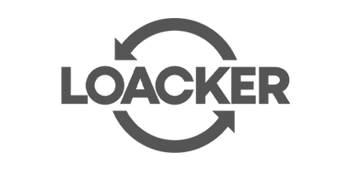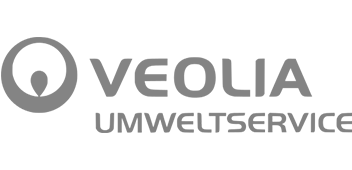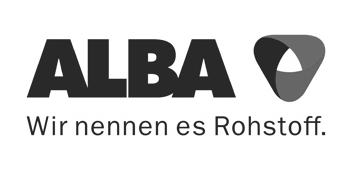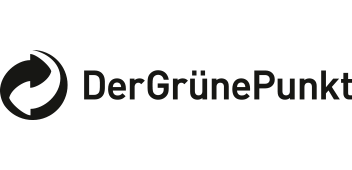Electrical and cable recycling
50 million tons of electronic waste are generated worldwide every year. Only 20% of this is recycled properly.
Recyclers working in the field of electrical and cable recycling are looking to the future to improve this figure. And so is CUTMETALL! CUTMETALL's optimized wear and replacement parts support, optimize, and accompany this process for more than 50 different shredder manufacturers.
View our products
Recyclers working in the field of electrical and cable recycling are looking to the future to improve this figure. And so is CUTMETALL! CUTMETALL's optimized wear and replacement parts support, optimize, and accompany this process for more than 50 different shredder manufacturers.
View our products
Looking for efficient solutions for
electrical and cable recycling?
In electrical and cable recycling, old electrical appliances and cables are dismantled into their individual components in order to recover valuable raw materials such as copper and gold. This promotes the circular economy and reduces environmental pollution. CUTMETALL supports recyclers with high-quality replacement and wear parts that have been specially developed for the abrasive shredding of complex materials.Our solutions ensure:
- Efficient shredding of a wide variety of input materials
- Long-lasting blades and wear parts for high loads
- Customized solutions for over 50 machine manufacturers
With CUTMETALL, you can optimize your recycling processes and increase resource utilization and cost-effectiveness. Let us advise you!
Register for our store & get quality spares
.jpg)
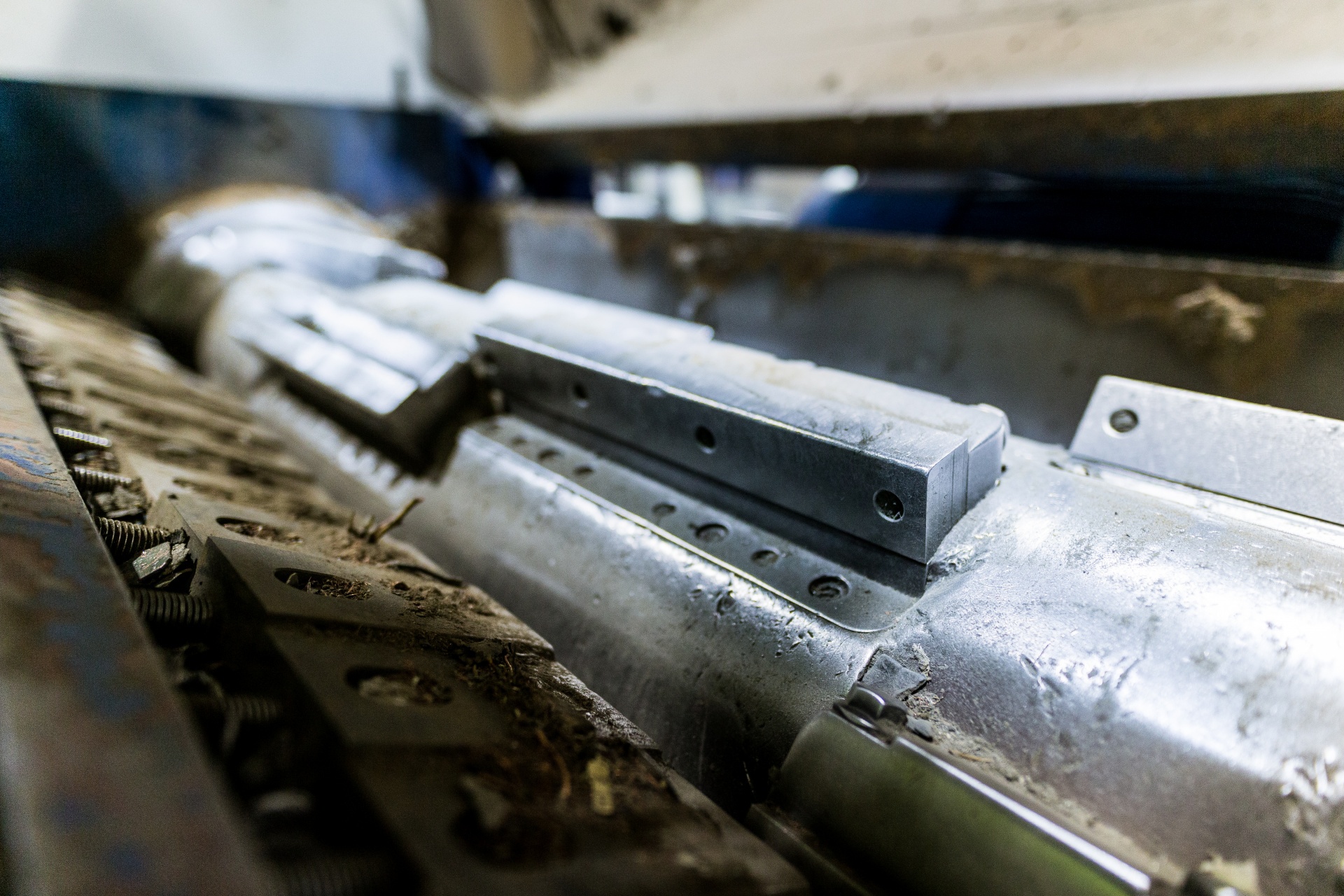
What are the challenges involved in recycling cables and electronic waste?
Collection and logistics:The efficient collection of cable and electrical waste is not easy. Many consumers do not know exactly how to dispose of it correctly or find the process too cumbersome. Often, disposal is not free of charge or involves a certain amount of effort. It is also becoming increasingly complicated to know what belongs in which bin. Since August 2018, the Electrical and Electronic Equipment Act (ElektroG) even covers products such as furniture and clothing if they contain permanently installed electrical or electronic parts. This applies, for example, to flashing shoes or bathroom cabinets with integrated lighting.
Incorrect disposal:
Many small electrical appliances and cables are so compact that they easily end up in the residual waste bin. According to estimates based on household waste analyses, around 140,000 tons of such devices are incorrectly disposed of in household waste every year in Germany. Yet these small devices contain a particularly high proportion of valuable raw materials in relation to their weight, which are lost if they are not recycled properly.
Pollutants:
Hazardous substances such as mercury, lead, and cadmium can occur during the recycling process. To avoid environmental and health risks, these substances must be removed properly and disposed of safely.
What problems arise during cable and electrical recycling?
Complex material composition:
Electrical appliances consist of a variety of different materials such as metals, plastics, and glass, which must be carefully separated from one another. In the case of cables, the valuable raw materials must first be removed from their casing. If the materials are not separated properly, contaminants can enter the recycling process, damaging the shredders and accelerating their wear and tear. This leads to unnecessary machine downtime to replace worn parts.
Adaptation of recycling processes:
The wide range of different materials requires specialized and often expensive recycling technologies that must be adapted regularly. In addition, many electrical appliances are not designed with recycling in mind, which makes dismantling and material recovery even more difficult. Machine operators must therefore keep a large number of machine parts in stock in order to adapt their recycling process flexibly to the respective shredding situation. This can lead to longer downtimes.
Electrical appliances consist of a variety of different materials such as metals, plastics, and glass, which must be carefully separated from one another. In the case of cables, the valuable raw materials must first be removed from their casing. If the materials are not separated properly, contaminants can enter the recycling process, damaging the shredders and accelerating their wear and tear. This leads to unnecessary machine downtime to replace worn parts.
Adaptation of recycling processes:
The wide range of different materials requires specialized and often expensive recycling technologies that must be adapted regularly. In addition, many electrical appliances are not designed with recycling in mind, which makes dismantling and material recovery even more difficult. Machine operators must therefore keep a large number of machine parts in stock in order to adapt their recycling process flexibly to the respective shredding situation. This can lead to longer downtimes.
.jpg)
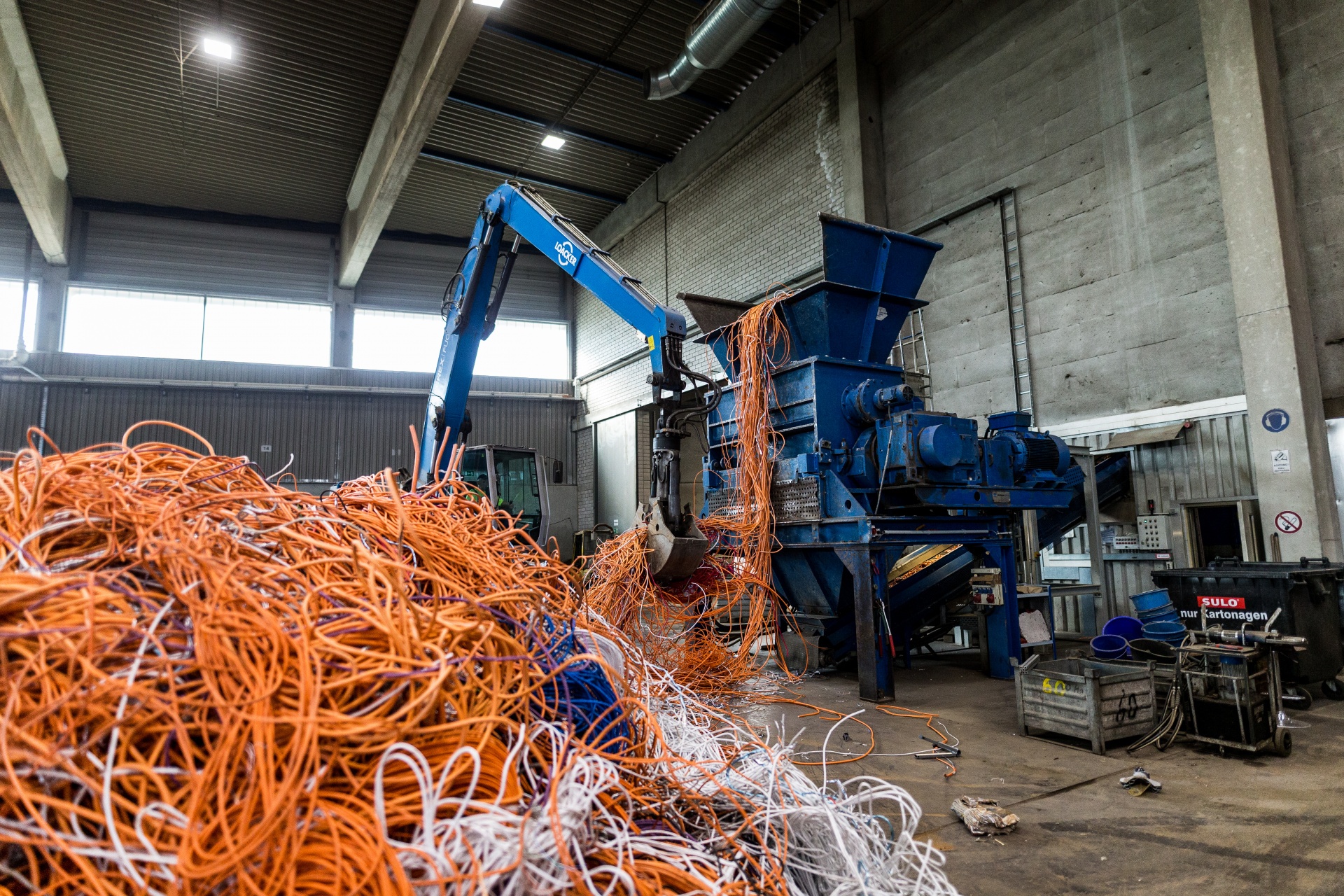
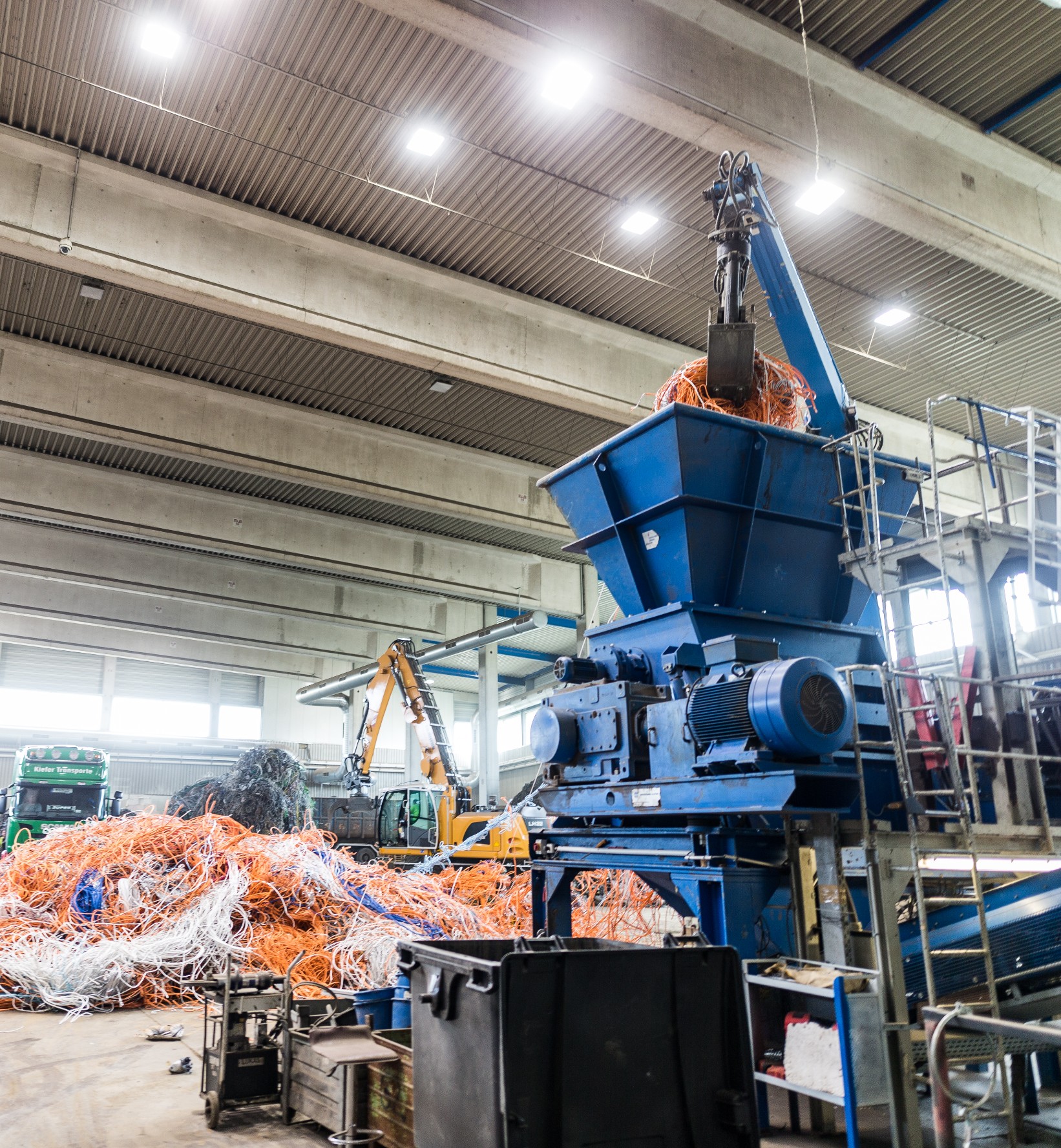
How are toxic substances such as heavy metals, mercury, or lead handled?
When handling toxic substances in electrical recycling, strict control and compliance with environmental standards are essential to prevent damage to the environment. In Germany, the Electrical and Electronic Equipment Act (ElektroG) ensures that electronic waste is handled properly. During dismantling, hazardous components are removed by trained personnel under strict safety precautions. Pollutants such as mercury from light bulbs or lead from solder joints receive special treatment. In addition, modern recycling plants are equipped with filter systems to reduce the emission of pollutants. Non-recyclable, toxic materials are safely disposed of as hazardous waste. At the same time, intensive research is being conducted into new technologies to further improve the recovery process. Despite these advanced measures, the handling of toxic substances remains a challenge.
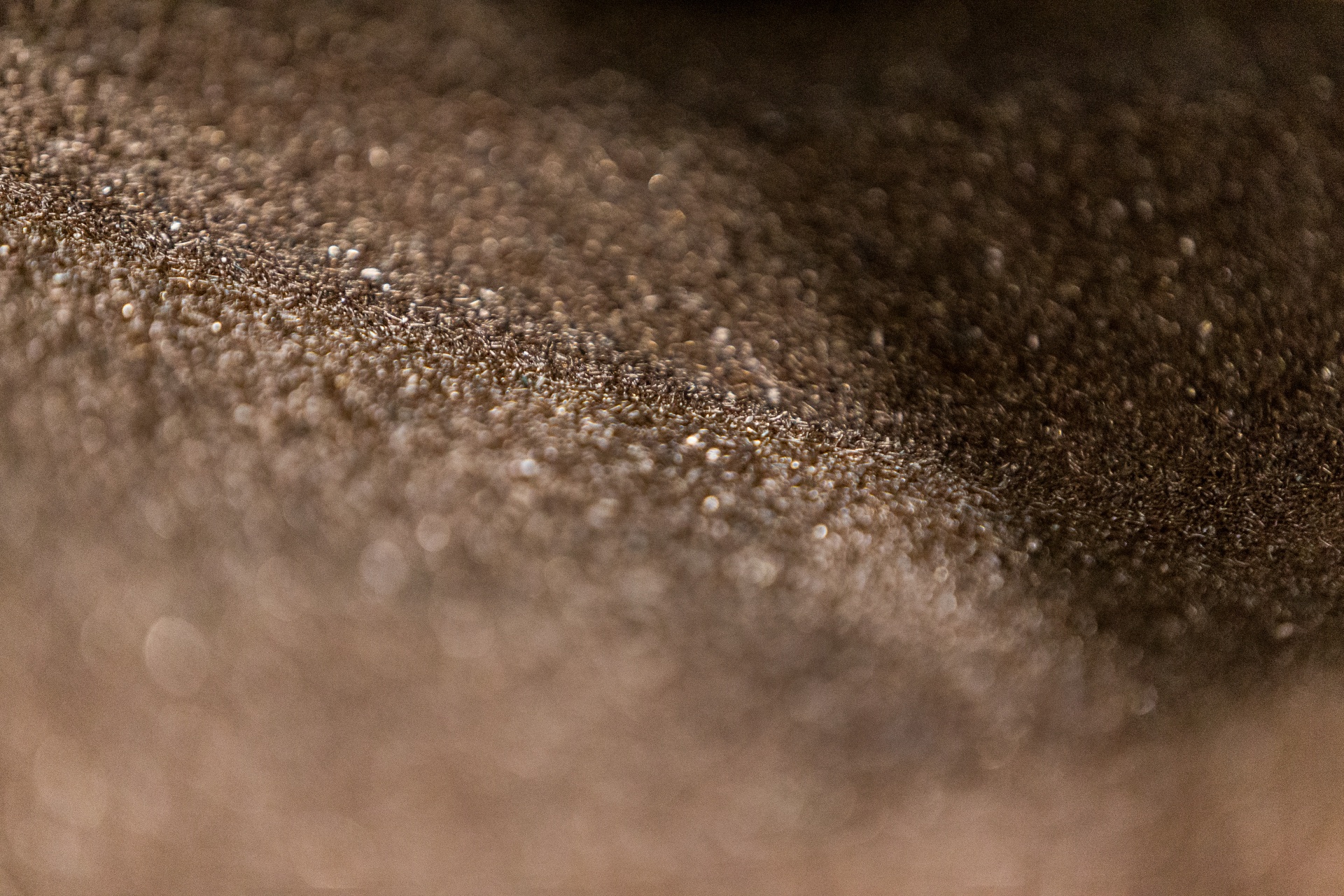
Are there sufficient controls in place to prevent electronic waste from being disposed of in poor conditions abroad?
The export of electronic waste abroad and the often associated improper disposal under poor conditions remains a serious problem. Although national and international controls and regulations exist, loopholes are always sought and, unfortunately, found.
National laws: In Germany, the Electrical and Electronic Equipment Act (ElektroG) regulates the disposal of electronic waste. It obliges manufacturers and retailers to take back and recycle waste properly.
International agreements: The Basel Convention regulates the transboundary movement of hazardous waste. In the EU, the Waste Shipment Regulation prohibits the export of hazardous waste to non-OECD countries.
Controls: Customs authorities carry out random checks, and there are international campaigns such as “Operation Green Customs.” However, these controls cost valuable resources such as time, money, and manpower.
To circumvent such controls, electronic waste is often declared as “used equipment.” Corruption and weak enforcement of regulations in destination countries further complicate the situation.
It is clear that there is a huge need for improvement. In order to protect the environment and further promote recycling, there is a need for more intensive international cooperation on controls, better traceability of equipment, and the expansion of recycling capacities in developing countries in accordance with high standards.
National laws: In Germany, the Electrical and Electronic Equipment Act (ElektroG) regulates the disposal of electronic waste. It obliges manufacturers and retailers to take back and recycle waste properly.
International agreements: The Basel Convention regulates the transboundary movement of hazardous waste. In the EU, the Waste Shipment Regulation prohibits the export of hazardous waste to non-OECD countries.
Controls: Customs authorities carry out random checks, and there are international campaigns such as “Operation Green Customs.” However, these controls cost valuable resources such as time, money, and manpower.
To circumvent such controls, electronic waste is often declared as “used equipment.” Corruption and weak enforcement of regulations in destination countries further complicate the situation.
It is clear that there is a huge need for improvement. In order to protect the environment and further promote recycling, there is a need for more intensive international cooperation on controls, better traceability of equipment, and the expansion of recycling capacities in developing countries in accordance with high standards.
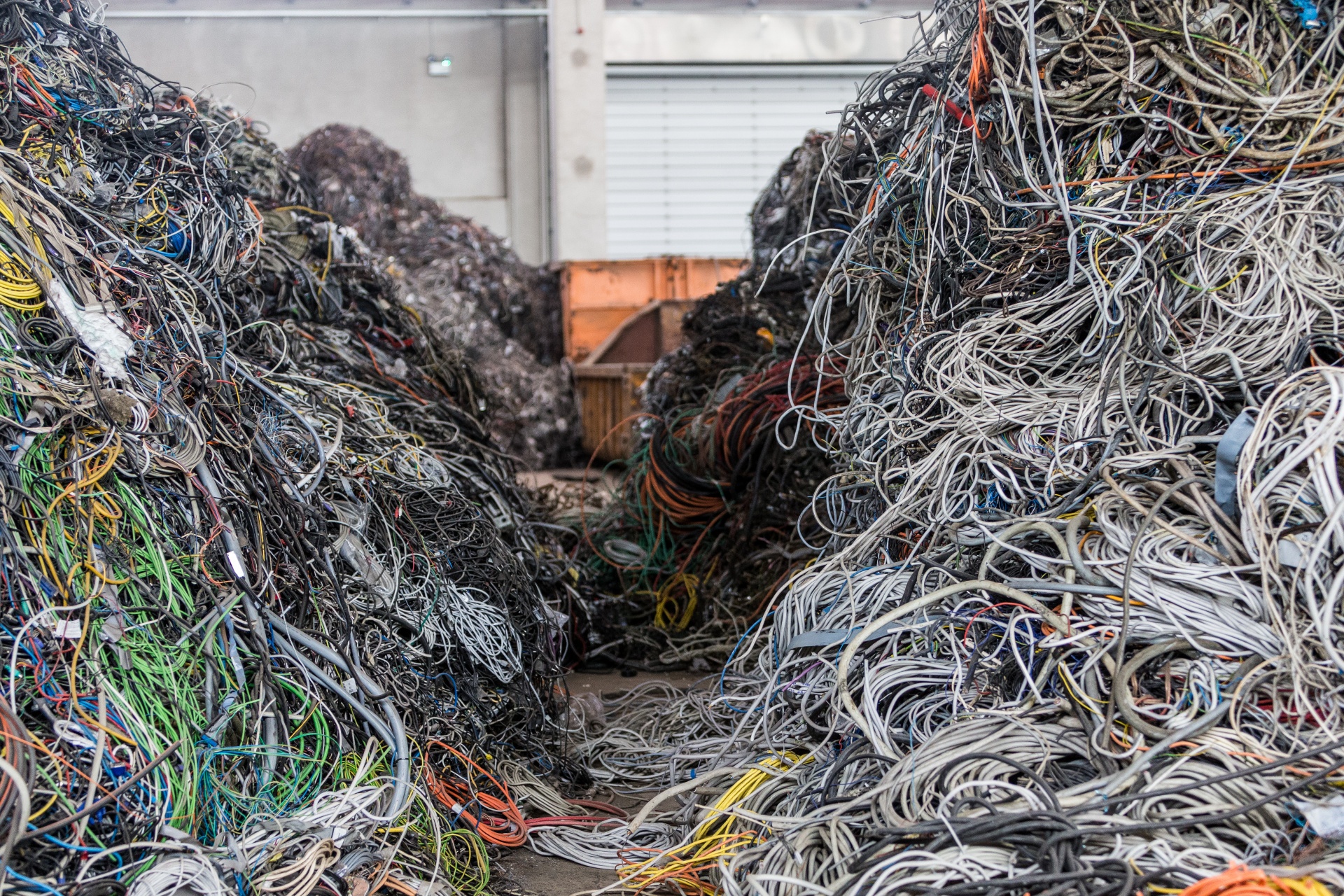
How big is the problem of improper disposal of cables and electrical appliances?
Around 50 million tons of electronic waste are generated worldwide every year, of which only around 20% is recycled properly. In Germany, an estimated 40% of old electrical appliances are not disposed of correctly.Illegal exports: Some of the electronic waste is illegally exported to developing countries, where it is often disposed of in conditions that are harmful to health and the environment. According to estimates, 1.3 million tons of electronic waste are illegally exported from the EU every year.
Environmental impact: Improper disposal leads to the release of toxic substances such as heavy metals and flame retardants, which pollute the soil, water, and air. In addition, valuable raw materials that could be recycled are lost.
Health risks: People who come into contact with improperly disposed of electronic waste are exposed to significant health risks. This leads to poisoning and chronic diseases, especially in developing countries.
Challenges: The complexity of modern electronics makes recycling difficult, and a lack of public awareness about proper disposal exacerbates the problem. In addition, controls and enforcement of existing laws are often inadequate.
Despite increased efforts and stricter regulations, the improper disposal of electronic waste remains a global problem. Further efforts in the areas of education, control, and the development of more efficient recycling technologies are necessary to improve the situation.
These partners have already placed their trust in us


